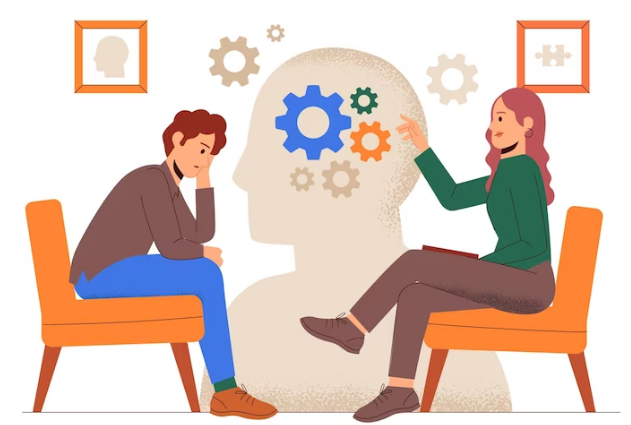Behavioral psychology also referred to as behaviorism in some quarters, attempts to establish links between human behavior and the external world. It is based on the assumption that all human behavior is a direct consequence of external stimuli. In other words, the discipline holds that there can be no behavior without external stimuli. Indeed, advocates of this approach prefer “behavior” to the more purposeful “action.” Understandably, this view has come under some criticism, mainly because it seems to suggest that human behavior is a mere reaction.
Behaviorism, moreover, is rigidly scientific and mainly aims to predict humans. behavior, given a situation. The approach is also widely employed to study, document, and predict the behavior of nonhuman animals as well. Advocates argue that the best way to predict human behavior is by modifying and conditioning it. Therefore, it is not surprising that behaviorist principles have been widely applied in the corporate sector to boost productivity or reduce workplace stress: disciplines such as Management and Industrial Psychology draw heavily from behaviorism. Notably, behaviorisms has also been widely applied in classrooms to condition student behavior.

What does Behavioral Psychology focus on?
Behavioral psychology focuses on human behaviors rather than thought processes, emotions or motivations. This involves measuring external behaviors, analyzing how they correspond to environmental stimuli, and then using conditioning to shape or reshape those reactions. Behavioral psychology can be a useful approach for psychological research because researchers can apply it to conditions and measure the changes in external behavior more easily than they can measure internal states. Behavioral psychologists work with two types of conditioning, classical and operant conditioning. Here is what each involves:
Classical conditioning
Classical conditioning starts by recognizing that the patient responds with a certain behavior to a natural stimulus. In Pavlov’s study on classical conditioning, the natural stimulus was feeding a dog, and the behavior was the dog producing saliva. The psychologist adds a stimulus to the situation, bringing in this new action along with the natural stimulus each time. Pavlov rang a bell every time he fed the dog. Finally, the patient responds to the additional stimulus in the same way they responded to the natural stimulus. When the bell rang, the dog would salivate.
Operant conditioning
Operant conditioning involves more complex reinforcements but still operates on the idea that reinforcements can encourage or discourage behaviors. Operant conditioning uses two distinct kinds of reinforcements:
Positive reinforcement: Positive reinforcement encourages positive behavior by presenting somebody with a reward, such as praise, money or food when they perform the desired behavior. Negative reinforcement: Negative reinforcement involves presenting a person with something unpleasant, such as a noise or source of pain that is removed when they perform the desired behavior.
Behavioral psychology that uses operant conditioning rarely involves any use of punishment, since punishment discourages negative behaviors rather than teaching new, positive behaviors.
What Does a Behavioral Psychologist Do?
Like all psychologists, behavioral psychologists will have a variety of job duties that include publishing findings, performing research, and treating patients. However, a behavioral psychologist helps people by suggesting new actions that can have a positive effect on patients’ mental states. Other psychologists may prefer using talk therapy. Also, several psychologist-medical doctors with specialization and expertise in psychology often prescribe medication before trying other treatment methods.
Use of Behavioral Psychology
Behavioral psychology is used in therapeutic applications in many situations. The most common way for behaviorism to be used is in the treatment of children with autism the behavioral analysis combined with conditioning can help children with mental health conditions, such as autism, to learn new techniques.
